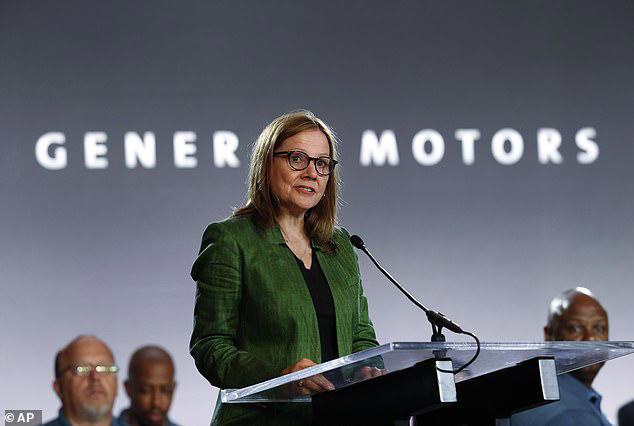By Deji Osas
Cadillac Phases Out Gas-Powered XT6 to Accelerate EV Shift
General Motors (GM) has confirmed that it will end production of the Cadillac XT6, a three-row, gas-powered crossover, later this year. This strategic decision is part of the company’s larger plan to refocus its Spring Hill, Tennessee, plant and streamline operations in preparation for an all-electric future.
Launched in 2019, the XT6 was Cadillac’s attempt to carve out a niche in the premium family SUV market. However, despite its luxury appeal, the vehicle struggled to attract buyers, with its $50,000-plus price tag driving customers toward more affordable, mechanically similar GM models, such as the GMC Acadia, Buick Enclave, and Chevy Traverse. As a result, the XT6 averaged fewer than 20,000 units sold annually. Additionally, the vehicle’s fuel economy—burning a gallon of gas every 21 miles in the city—further dulled its competitive edge.
In place of the XT6, GM will ramp up production of its electric crossover models at the Tennessee plant, including the Vistiq and Lyriq EVs. This shift is part of a broader transition that saw the discontinuation of the smaller XT4 earlier this year. The XT4, previously built in Fairfax, Kansas, was phased out as GM shifted its resources toward the production of the Chevy Bolt EV.
A spokesperson for Cadillac emphasized the brand’s ongoing evolution, stating, “As Cadillac evolves, we will continue to make necessary adjustments to our portfolio to meet customer demand.”
Despite the changes, Cadillac’s focus on electric vehicles (EVs) remains strong. In the past year, the company has seen remarkable growth, particularly with its iconic Escalade and the Lyriq, which has quickly become the automaker’s third-best selling vehicle. GM has also continued to expand its electric offerings, introducing new models such as the Escalade IQ, Vistiq, Optiq, and the upcoming Celestiq—all of which are battery-powered.
GM’s CEO, Mary Barra, has made it clear that the company’s future lies in electric mobility. While the automaker had initially set a target of 2035 to transition Cadillac entirely to electric vehicles, it now appears more flexible, ready to adapt to market demand. “If there are factors that cause EV demand to lessen, we have a great internal combustion engine (ICE) portfolio that we’d happily ramp up production for, beyond our current plans for this year,” Barra noted during a January earnings call.
This commitment to electrification aligns with Cadillac’s broader strategy of refreshing its lineup with a mix of both electric and gas-powered models. The brand has recently rolled out six new or updated vehicles, with an emphasis on EVs, as part of its transition away from traditional combustion engines.
Although the shift away from the XT6 and XT4 SUVs is not tied directly to former President Donald Trump’s 25 percent tariff on vehicles, the new tariff policy remains a key consideration for GM’s production strategy. Many of Cadillac’s U.S. sales are now driven by imported vehicles from countries with free trade agreements with the U.S., including Canada and Mexico. In response to the tariffs, GM has ramped up production of its high-demand, full-size pickups, which are built in the U.S.
Overall, this move signals Cadillac’s commitment to redefining itself for the future, as the company continues its push toward an all-electric lineup while balancing the demands of a changing global market.






